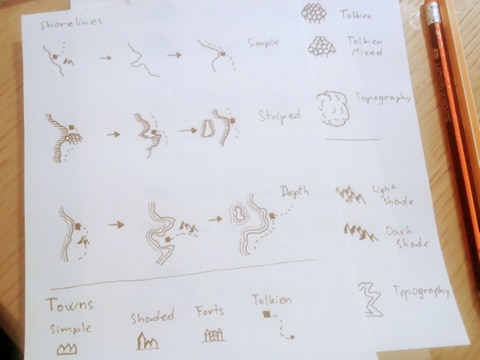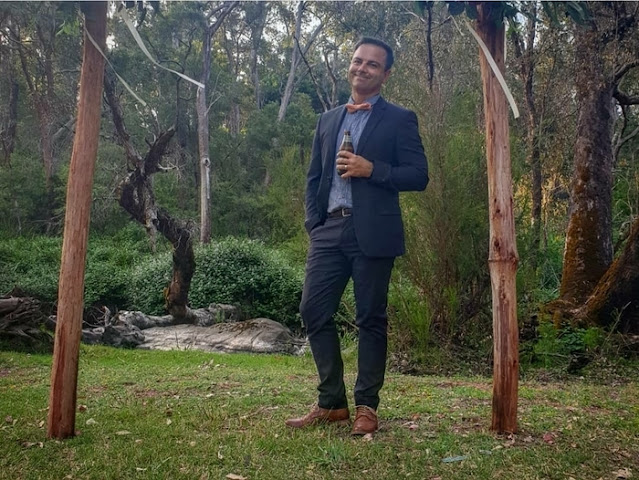Practice Makes Perfect
Starting a world-building project can take a bit of courage and self-belief. The process requires us to trust ourselves and dig deep into our creative side. Given the fast-paced world we live in, and the fact we are surrounded by art it can take some preparing for us to get to a creative starting point. However, creating a world filled with mysteries is something most of us have done as children when playing and it can still calm us as it did back then. I have tried out different ways of trying to get myself creative and the best way is often the hardest. That being an abrupt pick-up, just taking a pencil and writing or drawing something. Yes, it can seem daunting but in the end, it is always worth the hassle.
When creating maps for my world-building I take time watching videos, tips, and tricks on how to make the maps themselves look real. Having a sense of immersion cannot be overstated in this line of creative work. If you believe in your project then you should make it so others will believe in it too. This is why practice makes perfect. My experience has told me that drawing forests and mountains, shorelines, and cities on a blank piece of paper can get those imagination juices flowing. So here are some tips on how to get started and what styles I use when creating maps for my worlds.
Towns and Shorelines
Giving a good shape to your continents and archipelagos can be crucial when trying to make your world feel real and lived in. So the outlying lines of those landmasses are what make the whole map pop. What I have used in the past when starting out has been a sort of simple line, maybe adding an additional raggedy line around the main one to simulate waves and depth. However, putting in just a simple line will be great, you don't need to go all out if you’re just starting.
Adding horizontal stripes can also be an amazing and visually pleasing way to give the shoreline some nice depth and make it stand out from the rest of the amazing little details that are dotting your map. The important thing is to make the reader or player feel like it is a map they found somewhere on a quest. Don’t feel embarrassed if you want to research some old medieval or just old maps to get some references. It’s a great way to get a start and find what you like.
The same principle applies to towns and how you would like to represent them. A simple row of houses can accurately show what you had in mind and adding a bit of shading to the houses and maybe a random tower can make it look quite a bit better. You can diversify and add different designs to the towns, adding castles, towers, and so on. However, if you don’t want crazy stylized maps, always remember that the grandfather of fantasy, Mr. Tolkien, always drew towns and places with simple dots and squares.
Forests and Mountains
There is little that can make a map exciting more than adding huge ranges of mountains and condensed ancient forests. There is a couple of ways to approach this. Mountains can be represented on a map simply, just adding some lines and maybe some light shading. This will do the trick nicely, however, if you want to make the map look stunning then creating different shapes of mountains can do wonders. When you take a look at nature in the real world, nothing is the same, heck even twins are slightly different. This is why adding variety can be important. It makes the world you are creating and the maps you are drawing feel all too real. Forests are no different from mountains, you want them to feel ancient, wild, and condensed as much as you can with a stylus. The best thing you can do is give yourself time to try out different things and then choose what best fits your vision.
If you aren't looking for a stunning stylized map then you can research topographical maps, take a birds-eye view of the world and draw it with symbols. Drawing the tops of trees and the downward slopes of mountains. The world you are making is yours and you are allowed to choose how it will feel.
Map creating should be a chore, take the time, play with some ideas and old real-world maps, and pick pieces you like. It’s up to you to see how your vision will come to life.






Comments
Post a Comment